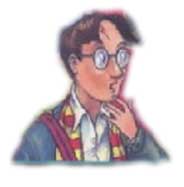
|
Some people think that writing childrenís books is an easy option. It isnít. Here are some simple rules and advice.
- Have a very clear idea of the age group youíre writing for. Vocabulary, content and length has to be spot on.
- Avoid sexism, rascism and anything that is going to immiediately stand out as old fashioned. Publishers or agents will spot flaws a mile off.
- If youíre aiming at young people rather than children, it helps to be aware of the current curriculum and set books for young people.
- Read, read, read- research your market. Look at what currently sells and excites young readers. But donít be derivative- the world doesnít need any more Harry Potter imitations.
- Estimate your length carefully. Picture story books consist of 16 or 24 pages, 4 of which are end-papers.
- If you are writing for younger children, books must always be illustrated.
- Unless youíre a wonderful artist, donít try illustrating books yourself. Just indicate where pictures should appear and what they should be, and leave it to the professionals.
- Be aware of the way children or young people perceive the world. If there is some kind of a problem to be solved in the story, it should be the children who find the solution, rather than adults.
- When you are writing your covering letter to publishers or agents, donít bother telling them how much your children/grandchildren/nephews and nieces loved the book. It wonít make any difference to the way they read the material and it can make you look unprofessional. The book will speak for itself.
|

 Follow us on Twitter |
Articles |
Site Tour |
Help |
Terms |
Privacy |
About | Contact |
Follow us on Twitter |
Articles |
Site Tour |
Help |
Terms |
Privacy |
About | Contact |
